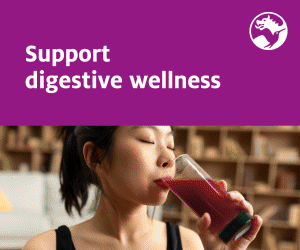Consumers are showing a growing readiness to use innovative nanotechnology-based solutions in the food packaging industry, according to extensive research carried out in Europe and Asia by the EU-funded NanoPack Project.
Active food packaging technologies offer several benefits to consumers and retailers, including increased food safety, extended shelf-life, improved freshness, reduced food waste, and more.
In order to examine how end-users perceive nanotechnology and its benefits, the NanoPack Project conducted research on the acceptance of new active food packaging technologies among consumers and retailers.
The technology involves naturally-occurring mineral nanotubes dispersed in plastic packaging films and fixed there so that they don’t come into contact with the food. These nanotubes contain essential oils with antimicrobial properties that can prevent the growth of mould.
NanoPack organised 10 focus groups and conducted 10 in-depth interviews with consumers and retail managers in China, Spain, Italy, Denmark and Ireland. The findings revealed that, in the case of the NanoPack solution, consumers were not concerned with the “nanotechnology” aspect.
Interviewees expressed more concern over the inclusion of essential oils and the “active” nature of this technology, with which they were not familiar. They expressed fear that food products would become “contaminated” or “altered” after the active component was released in the packaging atmosphere.
What is freshness?
“The benefits of active packaging solutions are not always aligned in consumer minds,” said Polymeros Chrysochou, associate professor at the Aarhus University of Denmark, who, together with Alexandra Festila, assistant professor at the same university conducted the research. “So, for example, extending the shelf-life of a product and keeping its freshness seem to be a contradiction in consumers’ minds.”
“Freshness is a rather vague promised benefit and people have different interpretations of it,” said Chrysochou. “They may perceive it in terms of the time passed from the production, where a shorter time equates a fresher food product. This means that consumers do not see a product with an extended shelf life as being necessarily fresh, since a longer time has passed since production.”
The research further that retailers’ main concern was that new technologies should meet product safety criteria. Only after this has been resolved, can it be aligned with the strategy and internal processes of the company.
The next challenge will be to normalise this packaging as the impact this technology could have on the industry is great, but only if the end consumer is on board.




